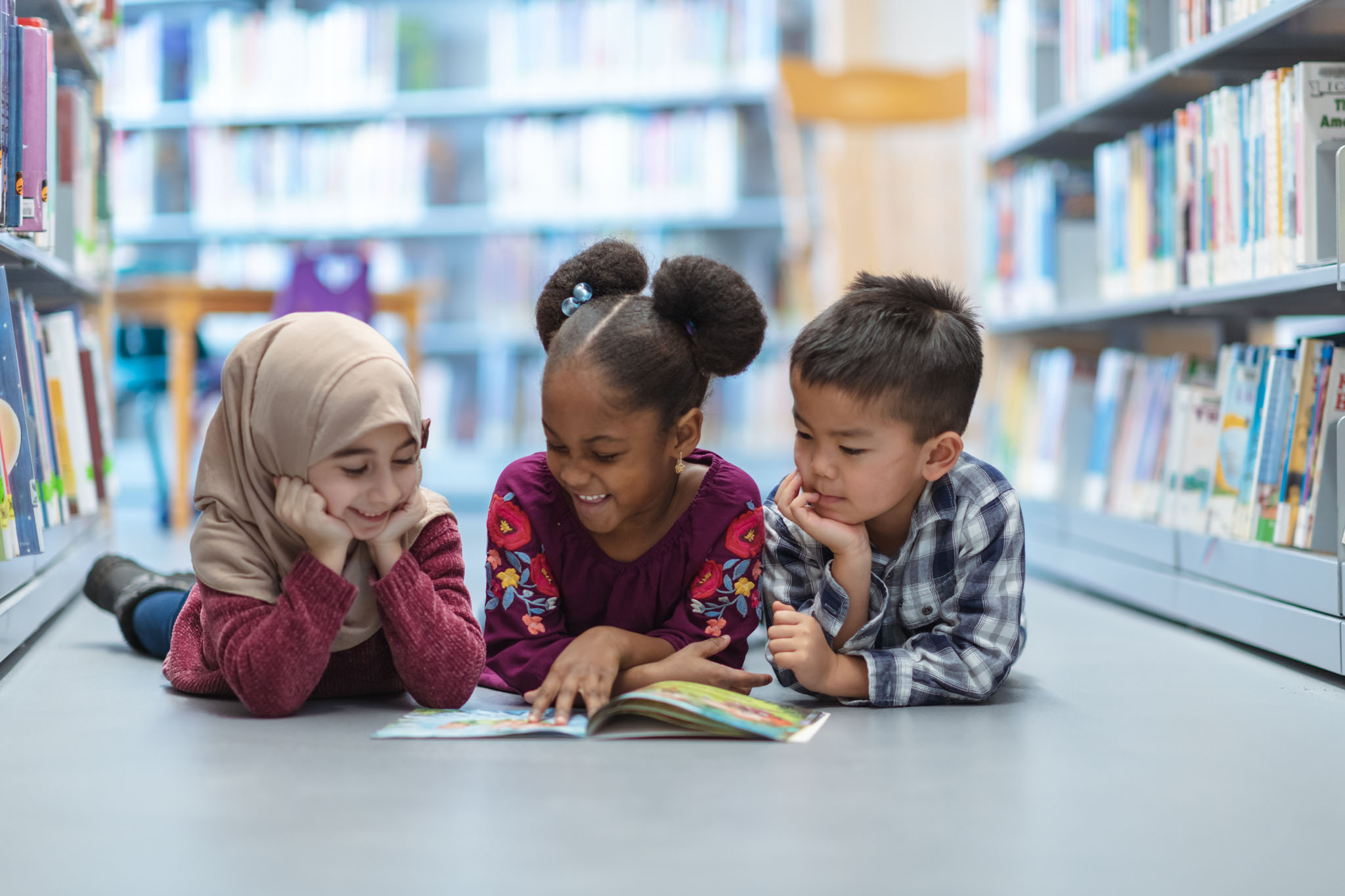
“Joyful books, for readers both young and old.”
Hello and Welcome to my Blog, Jewel Noir!
I am Dr. Kimberly A. Gordon Biddle, an Emeritus Professor from Sac State and an author of textbooks and children’s books (PB & MG). I started out with humble beginnings, being raised in poverty by a single parent mom in a rural village in Illinois. I was educated at the University of Redlands with a Double BA in Psychology and Music, where I graduated Cum Laude. Then I continued my education at Stanford University GSE, where I obtained a PhD in Child and Adolescent Development. After 30 years in the field, 28 years as a Professor, I am retired and focused on helping others with my writing. This bi‐monthly blog is one way that I am helping. I hope it is informative and helpful to those who read it.
Intuitive Community Cultural Wealth in Children’s Books
Posted May 13th, 2021
Community cultural wealth is a concept that shines a light on the strengths, skills, abilities, and knowledge of marginalized groups in the United States. The groups may be marginalized because of race, ethnic group, country of origin, gender identity, religious beliefs, or ability. Tara Yasso (2005) describes six types of cultural capital found in marginalized groups. These are ‐ aspirational capital, linguistic capital, familial capital, social capital, navigational capital, and resistant capital. These sources of capital help children in marginalized groups thrive. These types of capital in children from marginalized groups have been noticed and written about by authors children’s books from board books to YA.

What exactly are these sources of community cultural wealth? Aspirational capital is keeping hopes and dreams even in the face of obstacles. Linguistic capital refers to the skills and abilities learned by speaking more than one language. Familial capital is sharing the history, memory, and cultural intuition of your community with your children. Social capital is support received from people and organizations in your community. Navigational capital is possessing the knowledge and skill to face challenges as you travel and negotiate in social institutions. The last source of capital described by Yasso (2005) is resistant capital. This includes the lessons learned and skills gained from resisting injustice and inequality.

Children’s book authors notice these sources of capital in an intuitive manner. They highlight the strengths of marginalized communities in the United States in their storytelling narratives. Books about Black joy, immigration experiences, stopping Asian hate and violence, the peace and hope found in minority faiths, and other positive books about marginalized groups in the United States all demonstrate an intuitive understanding that these groups have cultural wealth. These groups can thrive just like majority, mainstream cultural groups. The everyday lives of children from these marginalized groups are just as beautiful and worthy as the lives of children in the majority, mainstream cultures. Yes, stories written about marginalized children are important and they teach everyone the true lessons of life. These stories also entertain and have the potential to become classics, because all readers can relate to the universal truths within these stories.
Research Cited ‐ Whose culture has capital? A critical race theory discussion of community cultural wealth (2005) by Tara J. Yosso.
Current Blog
Archives
Posted June 1st, 2025
Posted October 12th, 2024
Posted February 11th, 2022
Posted January 17th, 2022
Posted November 17th, 2021
Posted September 2nd, 2021
Posted June 15th, 2021
Posted March 15th, 2021
Posted January 13th, 2021
Posted October 8th, 2020
Posted September 9th, 2020